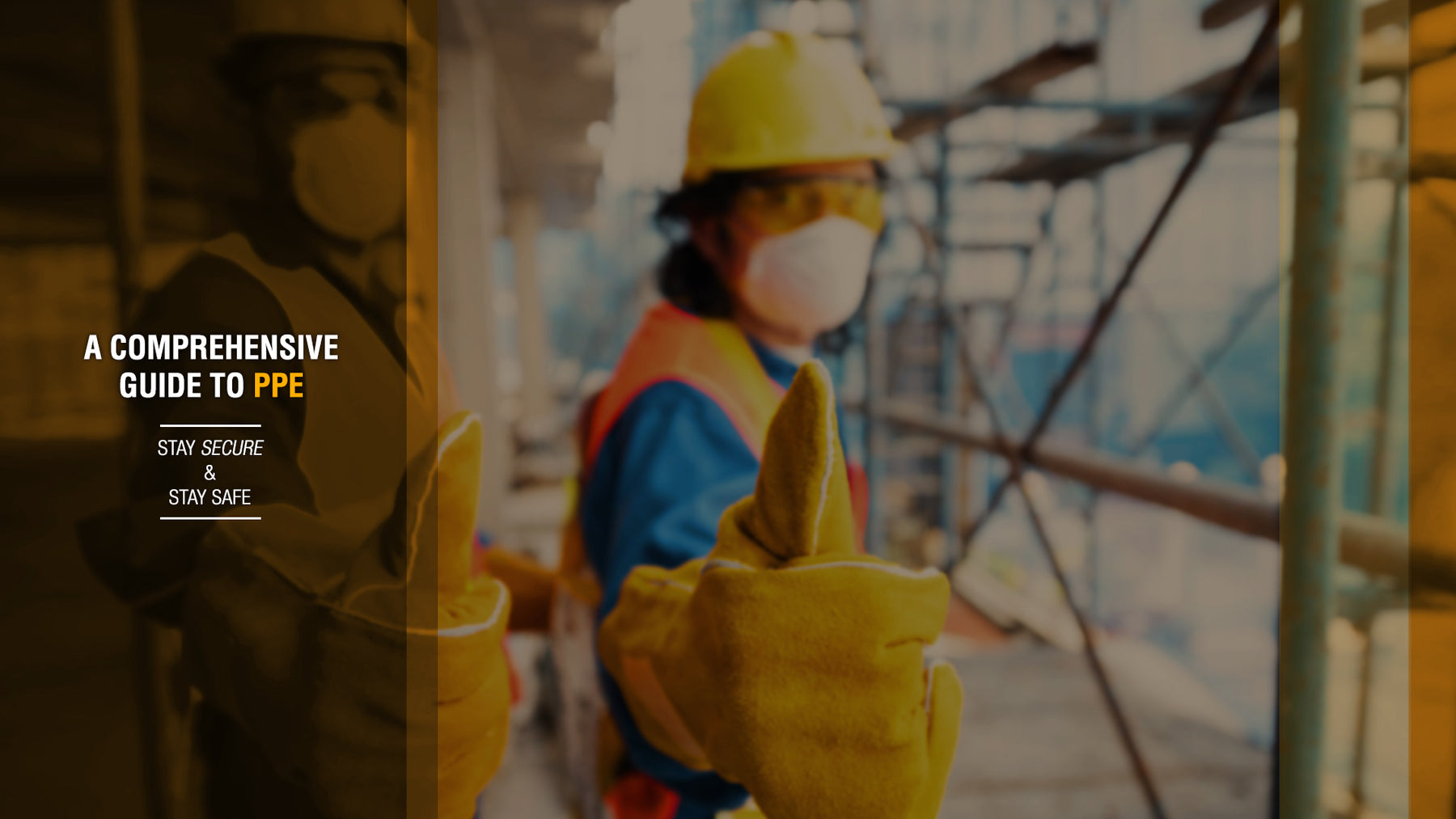PPE serves as a vital barrier between individuals and potential dangers, helping to prevent injuries, illnesses, and exposure to harmful substances. Its usage is essential in a wide range of industries, from construction and healthcare to manufacturing and emergency response, where it plays a crucial role in ensuring the safety and well-being of workers and responders.
Reduction in Workplace Injuries:
Statistics consistently demonstrate that proper utilization of PPE significantly reduces the likelihood of injuries in the workplace. Whether you're working in construction, manufacturing, healthcare, or any other industry, wearing the right PPE can mean the difference between a safe workday and a potentially life-altering incident.
Compliance with Safety Regulations:
Beyond being a best practice, using PPE is often a regulatory requirement in many industries. Government agencies, such as the Occupational Safety and Health Administration (OSHA), mandate the use of specific PPE in various workplaces to protect employees from foreseeable hazards.
Promotes a Culture of Safety:
Implementing PPE protocols in your workplace not only safeguards employees but also reinforces the importance of safety. It encourages a culture where everyone takes responsibility for their well-being and the well-being of their colleagues, fostering a safer and more productive work environment.
Types of PPE and Their Uses

#1: Helmets
Head injuries are a significant concern in many industries, such as construction and manufacturing. Helmets provide vital protection against falling objects, electrical hazards, and other potential head injuries. When selecting a helmet, ensure it meets the necessary safety standards and fits securely.
#2: Safety Glasses
Eye protection is essential when working with hazardous materials or in environments where flying debris is a concern. Safety glasses shield your eyes from potential injuries, including chemical splashes, particles, and impact. Choose safety glasses that provide adequate coverage and meet relevant safety standards.
#3: Gloves
Hand safety is crucial in various operations, from chemical handling to heavy machinery operation. Gloves act as a barrier between your hands and potential hazards, including chemicals, sharp objects, and extreme temperatures. Proper glove selection depends on the specific tasks and materials you are handling.
#4: High-Visibility Vests
For workers in low-light conditions or high-traffic areas, high-visibility vests are a necessity. These vests enhance visibility, reducing the risk of accidents involving moving vehicles or machinery. Make sure your high-visibility vest is ANSI/ISEA compliant and fits comfortably.
How To Remove PPE In The Correct Order
Who Is Responsible For Buying PPE?
KwikSafety’s Role in Enhancing Workplace Safety
Innovation in PPE Design:
At KwikSafety, we are dedicated to designing PPE that prioritizes both safety and user comfort. Our innovative products not only meet industry standards but also incorporate user-friendly features that make wearing PPE more comfortable and effective. With KwikSafety, you can trust that your safety gear is top-notch!
Educational Initiatives:
Here at KwikSafety, we go beyond producing PPE; we have a commitment to spread awareness about PPE best practices and the importance of safety to create safer workplaces.
Community Engagement:
We at KwikSafety actively participates in initiatives and events aimed at promoting safety in the industry. We understand the significance of collective efforts in creating a safer working environment and strive to be leaders in the safety community!
This comprehensive guide not only serves as an educational tool on the importance of PPE but also highlights our unwavering dedication to fostering a safer work environment through high-quality, innovative PPE solutions.
Here at KwikSafety, our aim is to empower every worker with the knowledge and tools they need to stay safe and productive. By recognizing the significance of PPE and promoting proper safety protocols, we can collectively ensure that every workplace prioritizes safety!
Follow us on social media to stay up-to-date on new products and much more!





Leave a comment